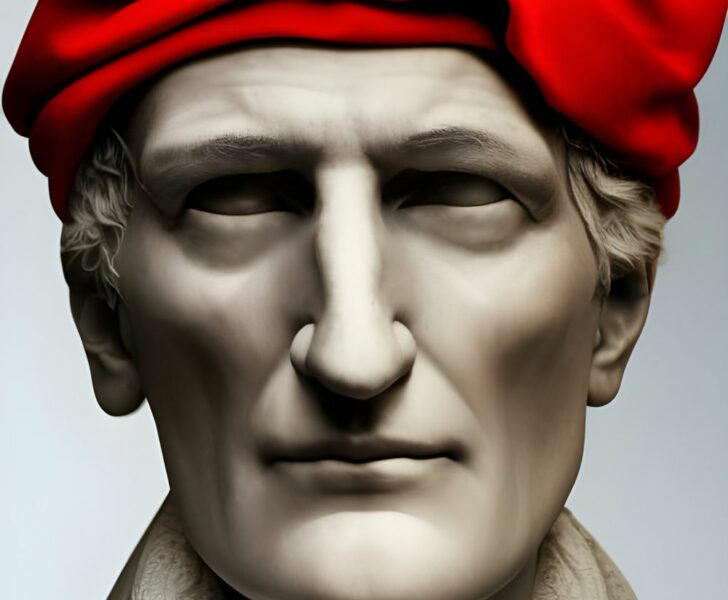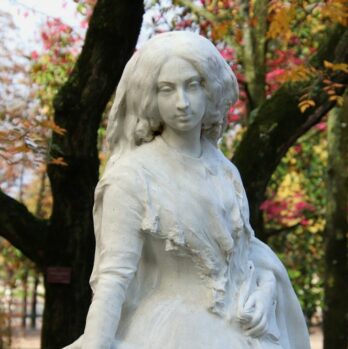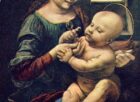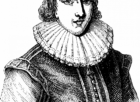The Raven by Edgar Allan Poe: A Key to Gothic Literature

Introduction:
Edgar Allan Poe’s famous poem, “The Raven,” has captivated readers for over a century with its haunting atmosphere and intricate symbolism. This article serves as a comprehensive exploration of the poem, providing essential information for those interested in delving into the mind of this great American writer.
I.
Understanding “The Raven”

“The Raven” is a narrative poem first published in 1845. It tells the story of a grieving narrator who is visited by a mysterious raven that perpetually repeats a single word, “Nevermore.” The poem’s themes revolve around loss, grief, and the torment of the human soul, creating an eerie and unsettling atmosphere that is characteristic of Poe’s unique writing style.
– The Structure: Poe structured “The Raven” in eighteen stanzas, each containing six lines and following the trochaic octameter meter. This rhythmic pattern enhances the poem’s musicality and contributes to its atmospheric intensity.
– Setting and Tone: The poem takes place in the narrator’s chamber on a dreary December night, emphasizing the darkness and melancholy that pervades the story. The solemn tone of the narrative further accentuates the narrator’s despair and emotional turmoil.
– The Raven: The raven symbolizes various interpretations, including death, loss, and the protagonist’s descent into madness. The repetition of “Nevermore” by the raven reflects the narrator’s inability to escape his own anguish, highlighting the recurring theme of hopeless despair.
II.
Historical Evolution of “The Raven”
“The Raven” has experienced a significant evolution throughout history, both in terms of critical reception and cultural impact. Understanding this development is vital for those interested in the poem’s enduring legacy.
– Initial Reception: Upon its publication, “The Raven” garnered immediate attention and acclaim for its haunting atmosphere and poetic beauty. It solidified Poe’s reputation as a leading figure in American literature and established him as the master of the macabre.
– Cultural Impact: “The Raven” resonated deeply with readers, becoming one of Poe’s most celebrated works. It influenced various art forms, including literature, music, and visual arts, inspiring countless adaptations and interpretations across different mediums.
– Critical Analysis: Over the years, “The Raven” has attracted extensive scholarly attention, with critics dissecting its complex themes, symbolism, and poetic techniques. Numerous articles, books, and essays have been dedicated to unraveling the poem’s profound meaning within the context of Gothic literature.
III. Unveiling the Featured Snippet: “The Raven” and Google Searches
To increase the likelihood of this article being displayed as a featured snippet on Google searches, strategic structuring and content presentation are essential. Below is an outline that organizes the text effectively:
“The Raven” by Edgar Allan Poe: A Key to Gothic Literature
Understanding “The Raven”
– Structure: A Musical Rhythm Enhancing Poe’s Eerie Atmosphere
– Setting and Tone: Darkness and Melancholy Shrouding the Narrative
– The Raven: Death, Loss, and the Protagonist’s Descent into Madness
Historical Evolution of “The Raven”
– Initial Reception: An Instant Classic in American Literature
– Cultural Impact: Inspiring Countless Adaptations and Interpretations
– Critical Analysis: The Poem’s Profound Influence on Gothic Literature
The Featured Snippet
To maximize the article’s chances of being featured as a snippet, it is crucial to present concise, informative bulletpoints:
– “The Raven”: An iconic narrative poem by Edgar Allan Poe
– Published in 1845, it revolves around themes of loss, grief, and despair
– Structure: Consists of eighteen stanzas following the trochaic octameter meter
– Setting and Tone: Takes place in a melancholic chamber on a dreary December night
– The Raven: Symbolizes death, loss, and the narrator’s descent into madness
– The poem’s impact extends beyond literature, inspiring various adaptations and interpretations
– Critical analysis highlights the poem’s complex themes and profound influence on Gothic literature
Conclusion:
“The Raven” by Edgar Allan Poe remains a testament to the power of gothic literature. Its mesmerizing verses, haunting symbolism, and enduring cultural impact continue to captivate readers and inspire artists. By delving into the depths of Poe’s poetic masterpiece, one can unlock the secrets of the human psyche and explore the dark corners of the human soul.











